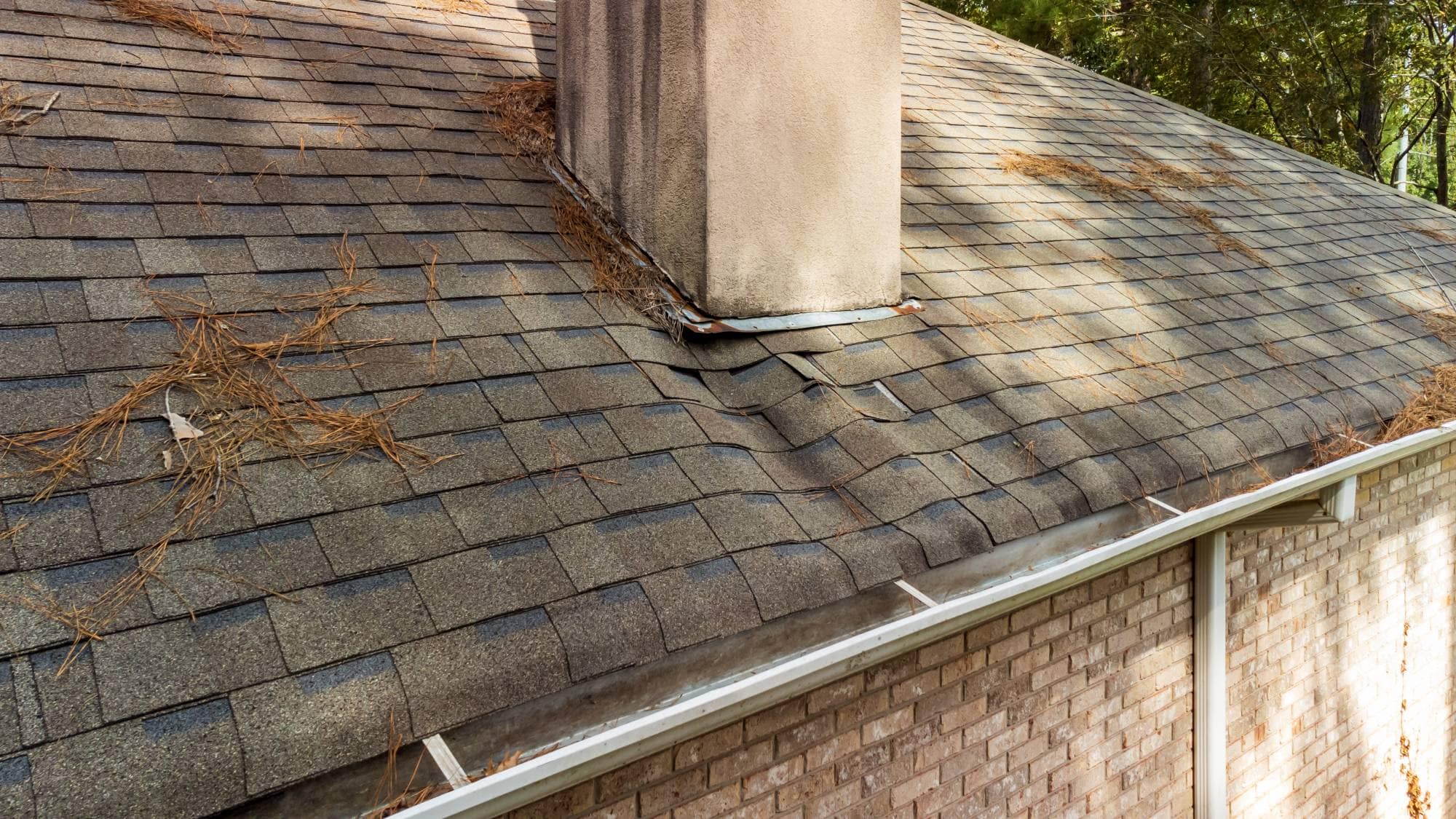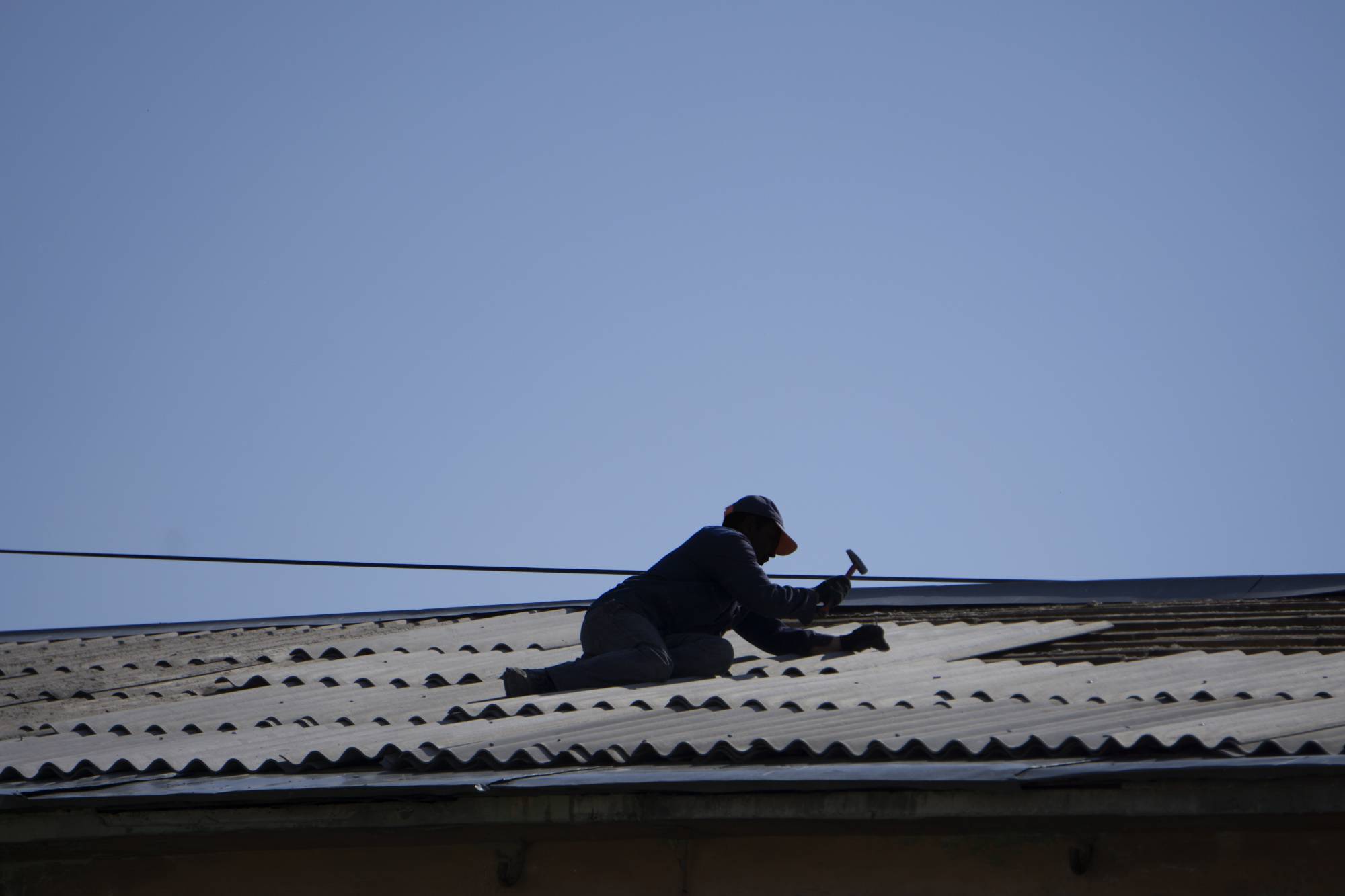We find the real source and fix it right the first time—no more water stains, no more worry.

Hear from Our Customers

You’re not dealing with water stains on your ceiling anymore. No more musty smells creeping through your house. No more lying awake wondering if that small leak is turning into thousands in hidden damage.
When we’re done, you’ll have a chimney that actually keeps water out instead of letting it in. Your walls stay clean. Your attic stays dry. And you can use your fireplace without worrying about what’s happening behind the scenes.
The difference is we don’t just patch the obvious spots. We track down exactly where water is getting in and fix the real problem—whether it’s damaged flashing, a cracked crown, or porous brickwork that’s been soaking up Bristol County’s rain and snow for years.
Above and Beyond Chimney has been solving chimney problems in Norfolk and Plymouth Counties for over 25 years. We’re not the guys who show up, spray some sealant, and hope for the best.
Our CSIA-certified technicians understand how Mansfield Center’s freeze-thaw cycles work against your chimney. We know what coastal moisture does to brickwork over time. And we’ve seen every type of leak that develops in homes built in the 1960s and 70s—which describes a lot of Mansfield Center.
When you call us, you’re getting people who’ve diagnosed thousands of chimney leaks in this exact area. We know the difference between a quick fix and a real solution.

First, we inspect everything—crown, cap, flashing, masonry, and mortar joints. We’re looking for the actual entry point, not just the obvious damage you can see from the ground.
Sometimes we’ll do controlled water testing to isolate exactly where water is getting in. This isn’t guesswork. We need to know if it’s coming through damaged flashing around the base, cracks in the chimney crown, or deteriorated mortar joints.
Once we’ve pinpointed the source, we explain what needs to happen and why. Then we fix it using the right materials for New England weather—not temporary patches that’ll fail in two years.
We protect your home during the work with multiple drop cloths and HEPA-filtered vacuums. When we’re finished, your chimney is sealed properly and your house is as clean as when we arrived.

Ready to get started?
Every chimney leak repair includes a thorough inspection to identify all potential water entry points. We don’t just fix what’s leaking today—we address what’s likely to leak tomorrow.
In Mansfield Center, that often means dealing with the effects of substantial rainfall and snow accumulation that create multiple opportunities for leaks to develop. Your chimney takes a beating from weather that comes off the Atlantic, and we account for that.
You’ll get flashing that’s properly sealed and installed, not just caulked over. Crown repairs that actually shed water instead of collecting it. And if your masonry needs waterproofing, we use vapor-permeable sealants that keep water out while letting your chimney breathe.
The goal is a chimney system that works with New England weather instead of fighting a losing battle against it.
